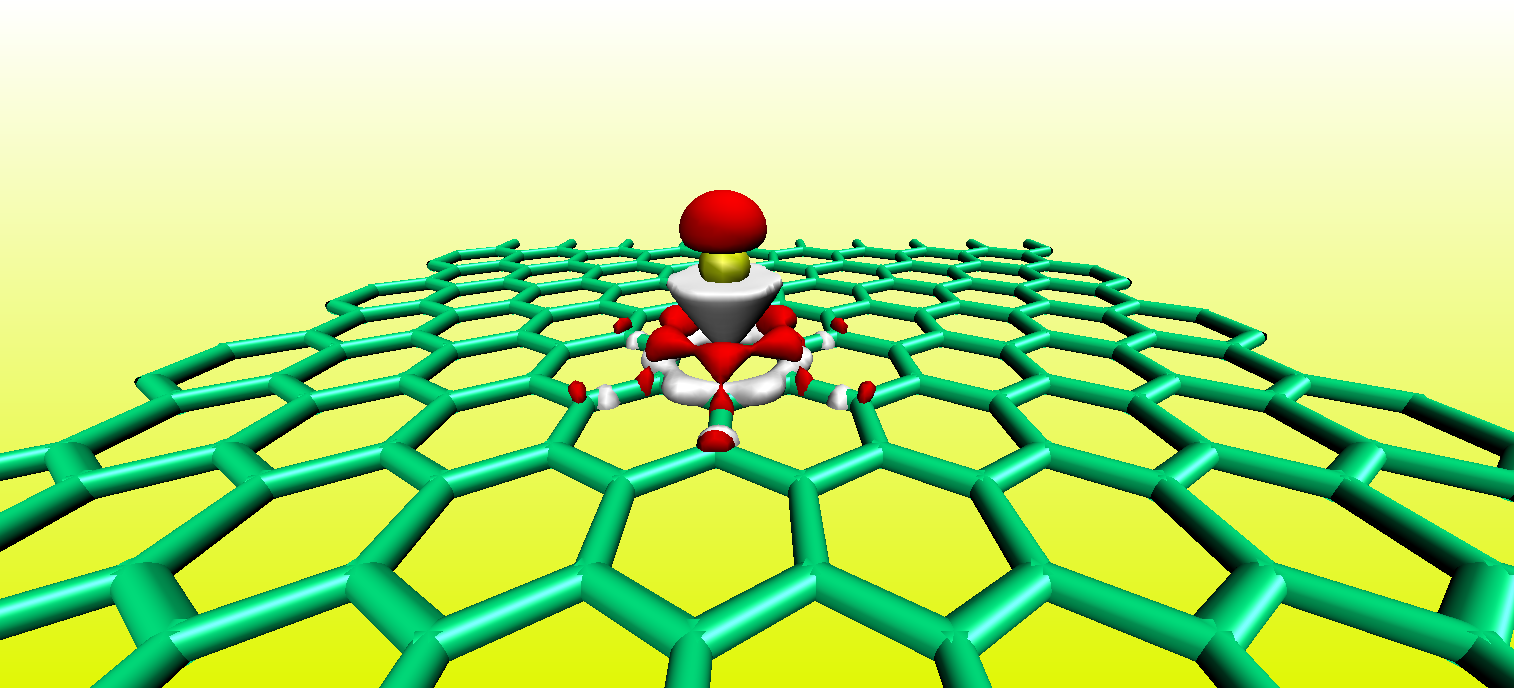
One important goal of nanoscience is the development of robust experimental techniques for the controlled delivery of material at the nanoscale. A celebrated example is the manipulation of individual atoms with the tip of a scanning tunneling microscope, but this method is neither readily automatized nor scalable to large numbers of atoms. In collaboration with the group of Adrian Bachtold, now head of the Quantum Nanomechanics at ICFO, we demonstrated (1) an artificial nanofabricated motor in which one short carbon nanotube moves relative to another coaxial nanotube and where the motion is actuated by imposing a thermal gradient along the nanotube, allowing for subnanometer displacements and (2) the reversible atomic-mass transport of Al and Au in the form of atoms or clusters along graphene devices by applying an electric field between the metal electrodes that contact the graphene sheet. These findings hold promise for practical use in future mass transport in complex circuits

Selected publications
A. Barreiro, R. Rurali, E. R. Hernández, J. Moser, T. Pichler, L. Forró, and A. Bachtold, Subnanometer motion of cargoes driven by thermal gradients along carbon nanotubes, Science 320, 775 (2008)
A. Barreiro, R. Rurali, E. R. Hernández, and A. Bachtold, Structured Graphene Devices for Mass Transport, Small 7, 775 (2011).
Nanomechanical resonators have been used to weigh cells, biomolecules and gas molecules, and to study basic phenomena in surface science, such as phase transitions and diffusion. Linear mechanical resonators are also the most common solution to convert vibrational into electrical energy exploiting piezoelectric or capacitive transduction. Unfortunately, it is not always possible to tune their resonant frequency in the spectral region of ambient vibrations and, even when such tuning is possible, their efficiency rapidly decreases when moving away. To bypass this limitation it has been demonstrated that engineered nonlinearity can improve significantly the efficiency of noise harvesting devices.

Selected publications
M. López-Suárez, R. Rurali, L. Gammaitoni, and G. Abadal, Nanostructured graphene for energy harvesting, Phys. Rev. B 84, 161401(R) (2011)
J. Chaste, A. Eichler, J. Moser, G. Ceballos, R. Rurali, and A. Bachtold, A nanomechanical mass sensor with yoctogram resolution, Nat. Nanotech. 7, 301 (2012).
M. López-Suárez, G. Abadal, L. Gammaitoni, R. Rurali, Noise energy harvesting in buckled BN nanoribbons from molecular dynamics, Nano Energy 15, 329 (2015).